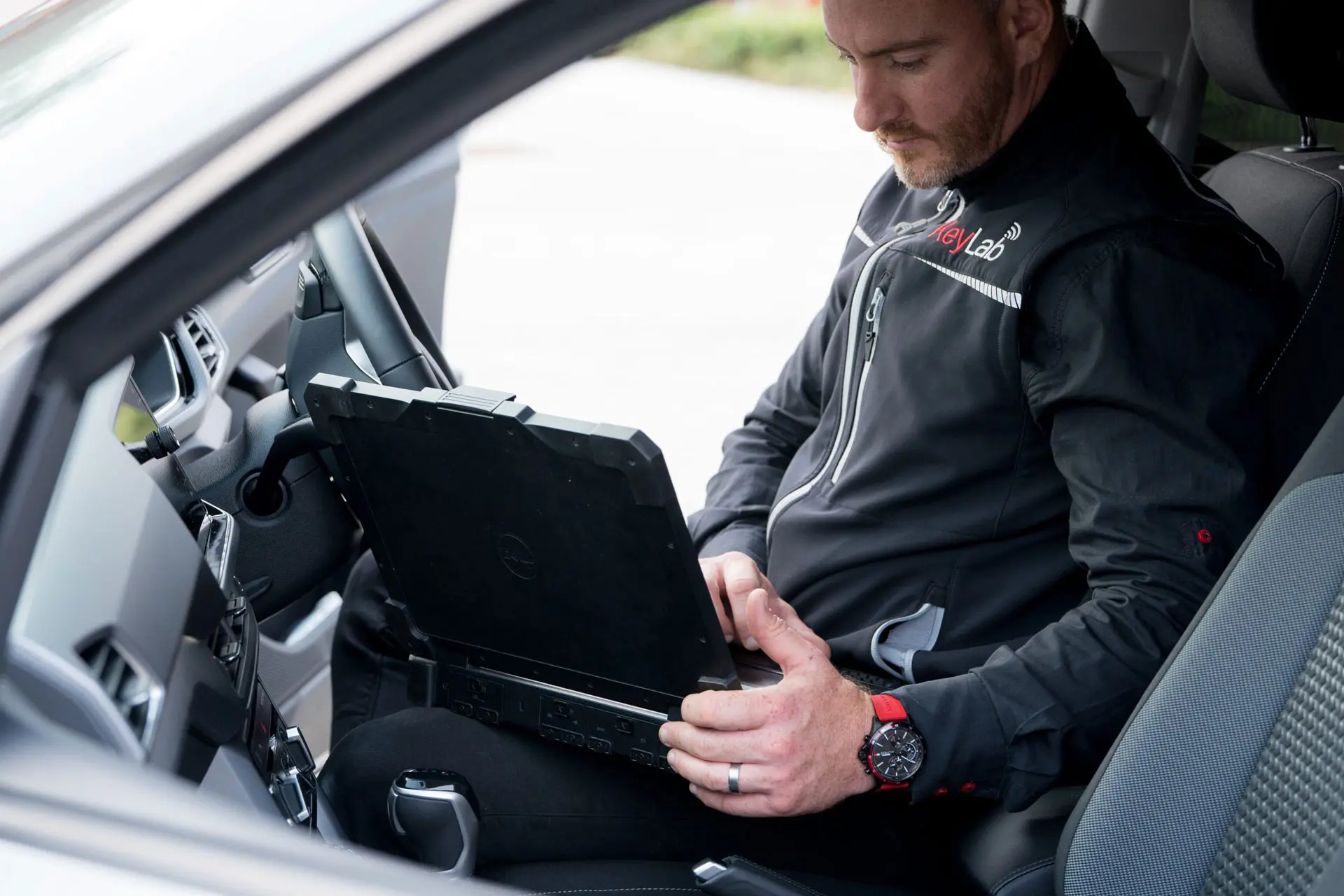
Comprehensive Guide to Car Key Shell Repair
Car key shells play a crucial function in the performance and general visual appeals of a vehicle key. While the internal elements of car keys are essential for their operation, the external shell or case safeguards these parts from damage and wear. Gradually, due to frequent use and direct exposure to environmental elements, car key shells can crack, break, or wear. This post intends to offer an informative introduction of car key shell repair, consisting of suggestions on preventative measures, the repair process, and frequently asked concerns.

Understanding Car Key Shells
What is a Car Key Shell?
A car key shell is the outer housing of a car key that houses the internal systems, such as the transponder chip and the key blade. These shells can be made from different products, including plastic and metal, depending on the vehicle's make and model.
Typical Problems with Car Key Shells
- Cracks and Breaks: Frequent use can trigger cracks or breaks in the shell.
- Wear and Tear: Continuous friction and exposure can cause smooth or damaged surface areas.
- Button Malfunctions: The buttons on the key fob may become unresponsive because of physical damage.
- Misalignment: The housing may not snugly fit around the internal parts if the shell has been harmed.
Table: Key Issues with Car Key Shells
| Concern | Description | Service |
|---|---|---|
| Cracks and Breaks | Noticeable damage that jeopardizes the stability of the shell | Replace the shell with a brand-new one |
| Use and Tear | Degradation of the external surface due to continuous use | Use repair tape or a cover for minor damage |
| Button Malfunctions | Unresponsive or stuck buttons on the key fob | Tidy or change the button system |
| Misalignment | Internal components shift triggering functional problems | Re-align or replace the shell |
Repair Process
What You Need:
- Replacement key shell (offered online or at automotive stores)
- Screwdriver set (to open the existing key shell)
- Super glue or a strong adhesive (for small repairs)
- Cleaning products (rubbing alcohol, microfiber fabric)
Step-by-Step Guide:
Assess the Damage: Inspect the key shell for fractures, breaks, or any other problems. Identify if a simple repair will be adequate or if a complete replacement is essential.
Disassemble the Key: Use a screwdriver to thoroughly open the existing key shell. Bear in mind of how the internal components are placed.
Clean the Components: Gently tidy the internal parts and remove any dirt or grime with rubbing alcohol and a microfiber cloth. This will assist avoid any obstacle throughout reassembly.
Fixing Minor Damage: For minor cracks, apply very glue carefully. Hold the pieces together until the glue sets. If buttons are malfunctioning, ensure any worn-out or removed buttons are repaired or replaced.
Reassemble the Key: Carefully position the internal parts back into the new or fixed shell. Make certain they sit securely and line up properly.
Test the Key: After reassembling, evaluate the type in the ignition and examine all buttons to ensure performance.
Alternative Options:
Professional Repair Services: For keys that are heavily damaged, seeking advice from a professional locksmith or automotive technician may be the very best strategy.
Replacement Keys: If the cost of repair surpasses the benefits, getting an entirely new key from the car dealership or online retailers might be more economical.
Preventative Measures
To extend the life of car key shells and avoid costly repairs, consider the following ideas:
- Use a Keychain: Attach the key to a keychain to lessen direct wear from other products.
- Limit Exposure: Avoid exposing the key to extreme temperatures or moisture, which can break down the shell material.
- Handle with Care: Be mindful when using the key and avoid excessive force when pushing buttons or placing it into the ignition.
Frequently Asked Questions on Car Key Shell Repair
1. How much does it cost to change a car key shell?
The cost of a car key shell can differ extensively based upon the make and model of the vehicle. Typically, it ranges from ₤ 10 to ₤ 100, not including programming services for transponder chips.
2. Can I repair my key shell myself?
Yes, numerous small repairs can be carried out at home with the right tools and products. Nevertheless, if the damage is substantial or you feel uneasy with the procedure, looking for professional aid is recommended.
3. How can I tell if my key shell is beyond repair?
If your key shell has significant cracks, multiple broken pieces, or the internal components are misaligned and not protect, it may be time for a replacement.
4. Do I need to reprogram my key after replacing the shell?
In many cases, if you're only replacing the shell and not the internal electronics, reprogramming is not needed. However, if the transponder chip is likewise damaged, programming may be required.
5. Where can I purchase a replacement key shell?
Replacement key shells can be acquired from automotive sellers, locksmiths, or online marketplaces such as Amazon or eBay.
Car key shell repair is a workable task for those who come across minor damage to their vehicle's keys. With the right tools and a cautious approach, individuals can restore their car keys to great working order. While many repairs can be carried out at home, understanding when to look for expert support is equally essential. By following preventative procedures and dealing with issues immediately, car owners can extend the lifespan of their key shells and maintain the functionality of their keys for many years to come.

